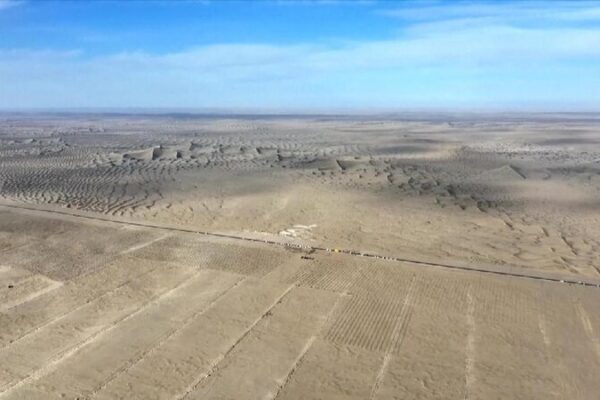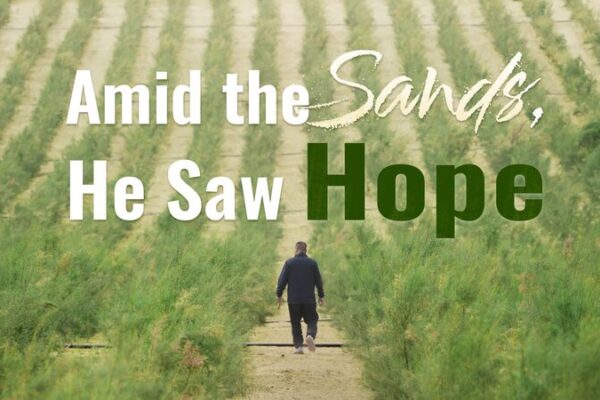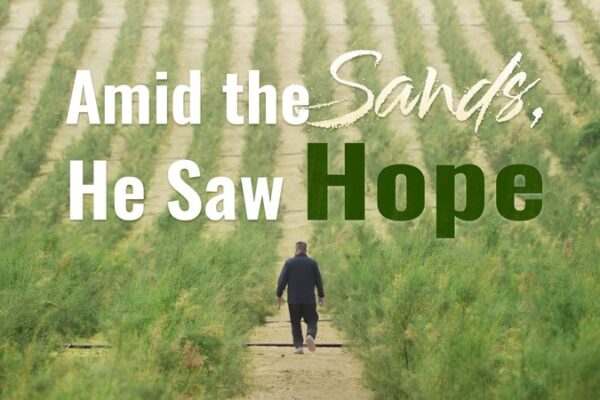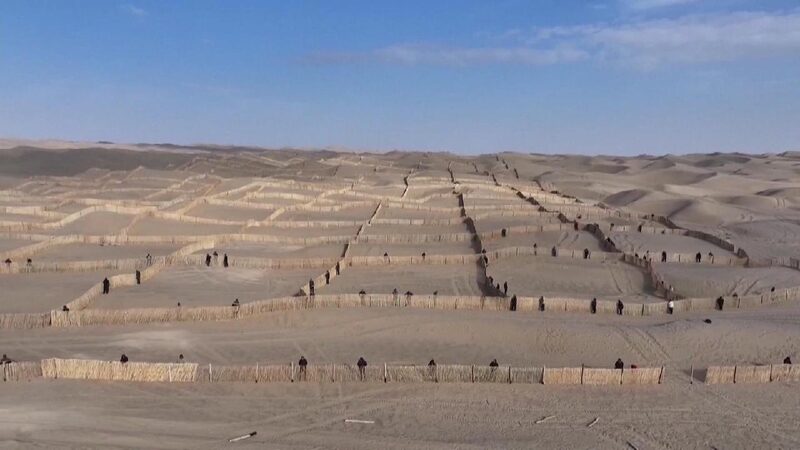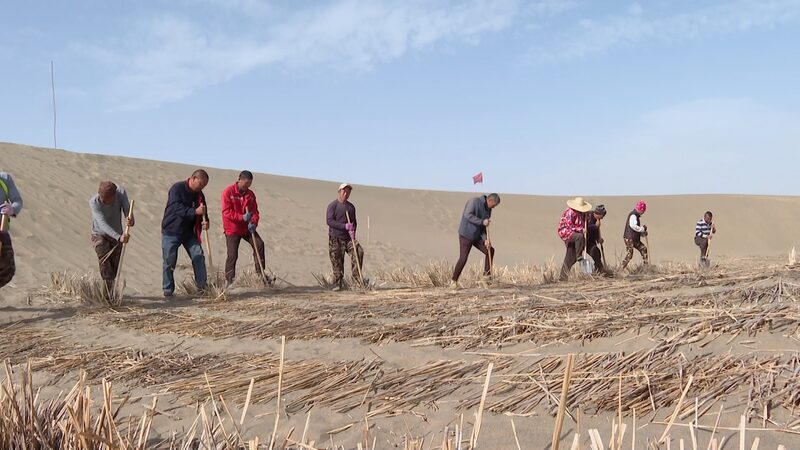In the heart of Asia, a transformative project is unfolding. The vast Taklimakan Desert, often called the “Sea of Death,” is witnessing the growth of a 3,046-kilometer green belt along its perimeter. This ambitious ecological barrier, established in November 2024, is not just a line of defense against encroaching sands but a symbol of harmony between humans and nature.
In Yutian County, residents are not resting on this milestone. They continue to reinforce the green belt, understanding that while the desert’s fundamental nature cannot be changed, its impact on human communities can be managed. Embracing the philosophy of “letting sand be sand,” they aim to mitigate threats while preserving the desert’s unique ecology.
At this fragile frontier, an array of flora, including roses, tamarisks, saxaul trees, and cistanche, flourish side by side. These plants are not only resilient to harsh desert conditions but also play crucial roles in stabilizing the soil and providing economic benefits to local communities.
“Our goal is to find a balance,” says Liu Wei, a local environmentalist. “We work daily to maintain the delicate harmony between the oasis and the desert. It’s about coexisting with the desert, not conquering it.”
The efforts in Yutian County are part of a broader movement towards sustainable development and environmental conservation. By involving local communities in planting and maintenance, the project ensures that the green belt is a shared responsibility and a source of pride.
Young people in the region are also playing an active role. Schools incorporate environmental education into their curriculum, and students participate in planting activities. “It’s our future,” says 17-year-old Mei Lin. “We want to protect our home and show the world that change is possible.”
The Taklimakan green belt serves as an inspiration for other regions facing desertification. It demonstrates how community-driven initiatives can make a significant impact, blending traditional knowledge with modern practices to create sustainable solutions.
As the green belt grows wider, so does the hope for a more harmonious relationship with the environment. The residents of Yutian County are not just building a barrier; they are cultivating a legacy of resilience and stewardship for generations to come.
Reference(s):
cgtn.com



